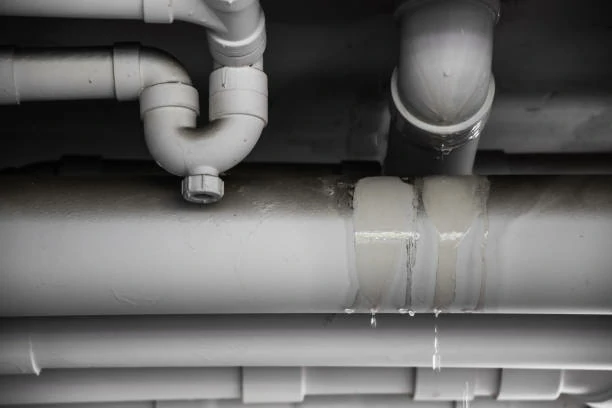Introduction
In the realm of plumbing, the choice between PPR (Polypropylene Random Copolymer) pipe fittings and traditional metal pipe fittings is a pivotal decision that significantly impacts the performance and longevity of plumbing systems. This article conducts a thorough analysis, comparing the advantages and disadvantages of PPR pipe fittings with their metal counterparts, offering insights into their respective applications.

Advantages and Disadvantages of PPR Pipe Fitting
1. PPR Pipe Fitting: A Modern Approach to Plumbing
Chemical Resistance and Corrosion Avoidance:
- Chemical Stability: Explore how PPR pipe fitting boast excellent chemical resistance, making them immune to corrosion and chemical degradation. This property ensures the longevity of the plumbing system even in aggressive environments.
- Non-Toxic Nature: Highlight the non-toxic nature of PPR pipe fittings, emphasizing their suitability for conveying potable water without introducing harmful substances into the water stream.
Ease of Installation and Lightweight Design:
- Efficient Installation: Discuss the ease of installation offered by PPR pipe fittings due to their lightweight design, making them convenient to handle and install. This attribute contributes to reduced labor costs and faster project completion.
- Adaptability in Complex Structures: Explore how the flexibility of PPR pipe fittings allows for easy adaptation to complex structures, providing versatile solutions for various plumbing applications in both residential and commercial settings.
Thermal Performance and Energy Efficiency:
- Thermal Insulation: Highlight the thermal insulation properties of PPR pipe fittings, preventing heat loss or gain in plumbing systems. This characteristic is particularly beneficial for applications such as hot water supply, contributing to energy efficiency.
- Reduced Condensation Risks: Discuss how the inherent thermal properties of PPR pipe fittings minimize the risk of condensation, ensuring a dry and well-maintained plumbing system.
2. Metal Pipe Fitting: Time-Tested Tradition with Some Caveats
Strength and Durability:
- High Mechanical Strength: Acknowledge the high mechanical strength of metal pipe fittings, suitable for applications where robustness is crucial. Explore how this strength is advantageous in certain industrial and heavy-duty settings.
- Potential for Corrosion: Discuss the susceptibility of metal pipe fittings, particularly steel and iron, to corrosion over time, leading to issues such as rust formation. This limitation requires regular inspections and maintenance to prevent degradation.
Weight and Maneuverability:
- Heaviness of Metal Fittings: Address the considerable weight of metal pipe fittings, which can complicate handling and installation processes. This characteristic may result in increased labor costs and longer installation times.
- Limitations in Complex Installations: Explore how the rigidity of metal pipe fittings may pose challenges in adapting to intricate or complex plumbing structures, limiting their suitability for certain modern construction projects.
Thermal Conductivity and Energy Loss:
- High Thermal Conductivity: Furthermore, discuss the higher thermal conductivity of metal pipe fittings, leading to potential energy loss in heating or cooling applications. This characteristic can be a drawback in projects where energy efficiency is a priority.
- Condensation Risks: Highlight the increased risk of condensation due to thermal conductivity in metal pipe fittings, potentially leading to issues such as pipe sweating and water damage.
Conclusion
In conclusion, the choice between PPR pipe fitting and metal pipe fittings involves a careful consideration of specific project requirements and priorities. While metal fittings offer strength and durability, PPR fittings provide advantages in terms of chemical resistance, ease of installation, and thermal performance. Understanding the distinct characteristics and potential drawbacks of each option allows stakeholders to make informed decisions based on the unique demands of their plumbing projects. Whether embracing the modern versatility of PPR or relying on the time-tested tradition of metal, the key lies in aligning the chosen fittings with the specific needs and goals of the plumbing system at hand.
Contact
IFAN is a Chinese manufacturer of plastic pipes, fittings and valves with 30 years of experience. If you are interested in IFAN’s PPR, valves, pipes and fittings, please contact us. IFAN offers you a variety of standard pipes to meet your specific needs. Click below to learn more about IFAN’s wide range of high-quality, cost-effective plastic pipe fittings.
We will reply your email or fax within 24 hours.
You can call us at any time if there is any question on our production.
For more information,pls visit our webside https://www.ifanplus.com/
Pls Mailto: [email protected]






